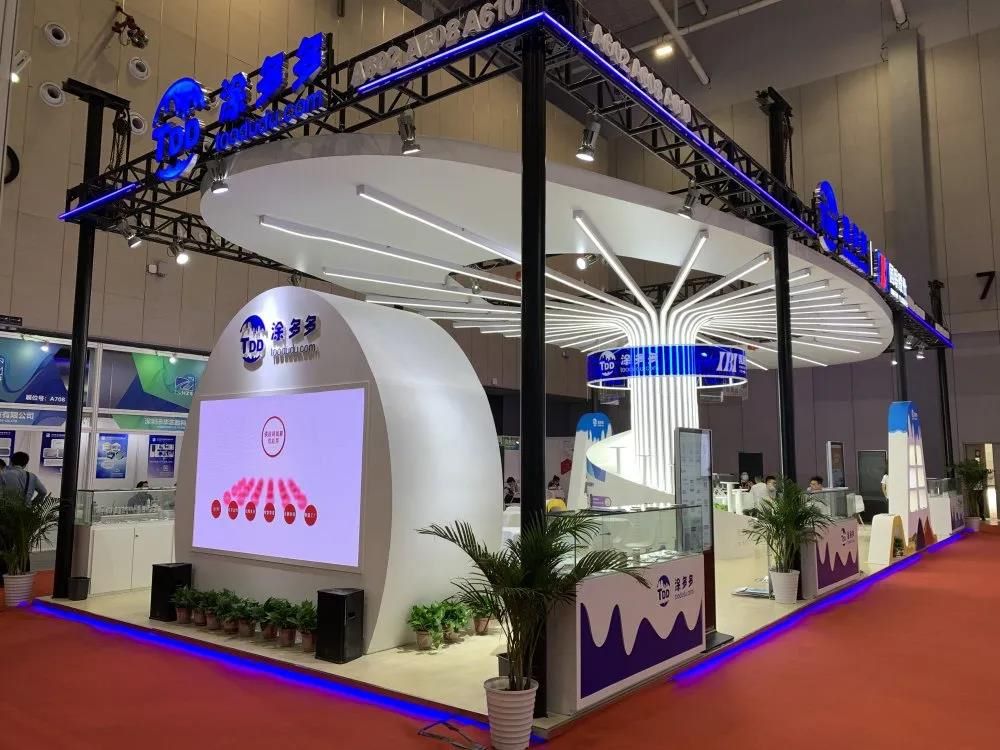Pyrum's Greek Tire Pyrolysis Plant
As the sustainable progress of the tire industry continues to advance, Pyrum Innovations AG, a benchmark company in Germany's recycling, environmental protection and green innovation fields, has won another big contract in the tire industry.
Recently, the company is advancing its cooperation with the waste tire project in Greece.
On May 19, 2025, Pyrum said in a statement that its waste tire cooperation project with its Greek partner Thermo LysiSA was finalized to build a waste tire pyrolysis plant in Livanates, central Greece.
Recently, the German recycler and its Greek partner finalized the cooperation amount-signing a 2.2 million euro (17.97 million yuan) engineering contract.
The contract requires Pyrum to design in detail the Livanates waste tire plant located about 140 kilometers north of Athens. According to Pyrum's statement, the overall design and construction of the plant is expected to take six months.
At the same time, Thermo Lysi will continue financing discussions, including negotiations on EU funding to help cover part of the cost of the project. The two companies have agreed to start engineering work before financing is completed to achieve project goals. At present, Pyrum already has two waste tire pyrolysis plants in Germany and has accumulated considerable experience in the recycling of waste tires.
Its first plant was built in Germany, and it has previously expanded the capacity of the plant. On December 17, 2024, Pyrum planned its second waste tire pyrolysis plant in Germany. The Greek plant is Pyrum's first overseas plant. According to the plan, the plant will have an annual capacity of processing 20,000 tons of waste tires after completion.
The device is expected to recycle "nearly half" of the ELT produced in Greece each year. The Greek plant is Pyrum's first overseas plant. According to the plan, the plant will have an annual capacity of processing 20,000 tons of waste tires after completion. The device is expected to recycle "nearly half" of the ELT produced in Greece each year. In addition, Pyrum plans to acquire a 15% stake in the project company.
But can Greece really support Pyrum's waste tire plant pyrolysis needs?
At present, the demand for 20,000 tons of waste tires is a piece of cake for Greece - existing information shows that the total amount of waste tires generated in Greece each year is roughly between 45,000 tons and 56,000 tons.
However, even if waste tires are treated, there is still a problem that cannot be avoided - what to do with 6PPD in tires? Even with thermal cracking, most current treatment methods are still "at a loss" for this substance.
However, a study in 2024 found that there is not a complete way to deal with 6PPD in waste tires. At the end of 2024, researchers from the Plastics Innovation Center and Chemical and Biomolecular Engineering at the University of Delaware completed the development of a new technology, which they claimed could not only remove 6PPD from waste tires (ELTs), but also "upgrade 6PPD to safe chemicals and convert the remaining rubber crumbs into aromatics and carbon black."
On November 20, 2024, Dion Vlachos, director of the Department of Energy at the University of Delaware, announced this achievement. The researchers heated "millimeter-sized" tire or rubber crumbs in a microwave reactor: an unknown chemical solvent was used to separate 6PPD from other molecules present.
The team reported that the residue after removing the 6PPD molecule can be chemically converted into safe chemicals that can be used or sold at a very low price. This also means that at least in the recycling of waste tires, 6PPD can be avoided in the products. Even after the 6PPD stripping process is implemented, waste tires can still make carbon black.
However, it is worth noting that waste tires after removing 6PPD cannot be reused in new tires, because this important raw material is essential to ensure the safe driving of tires.











